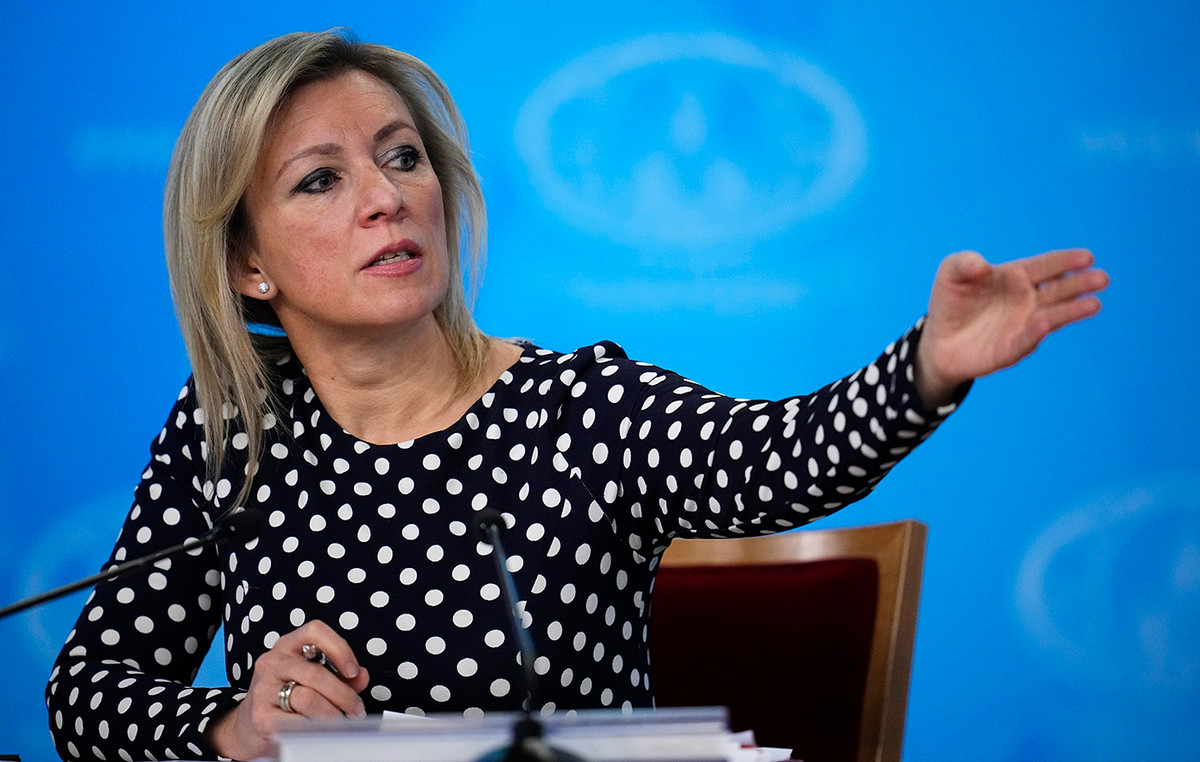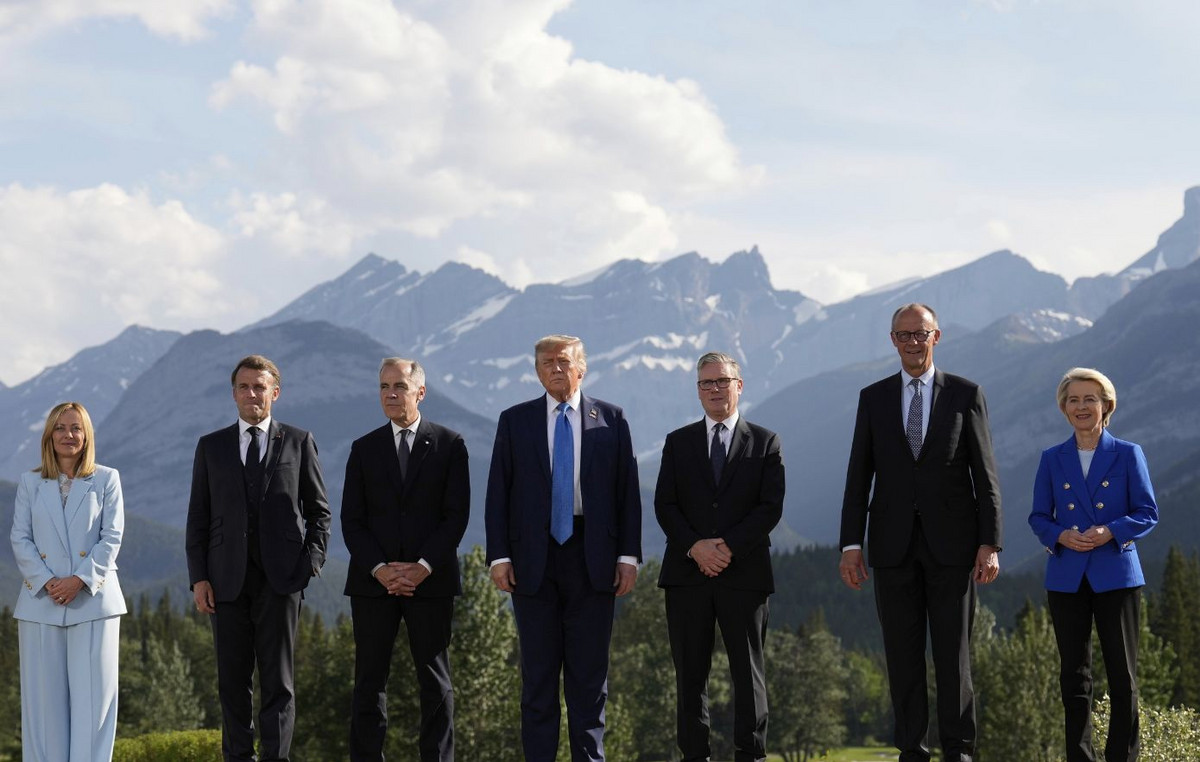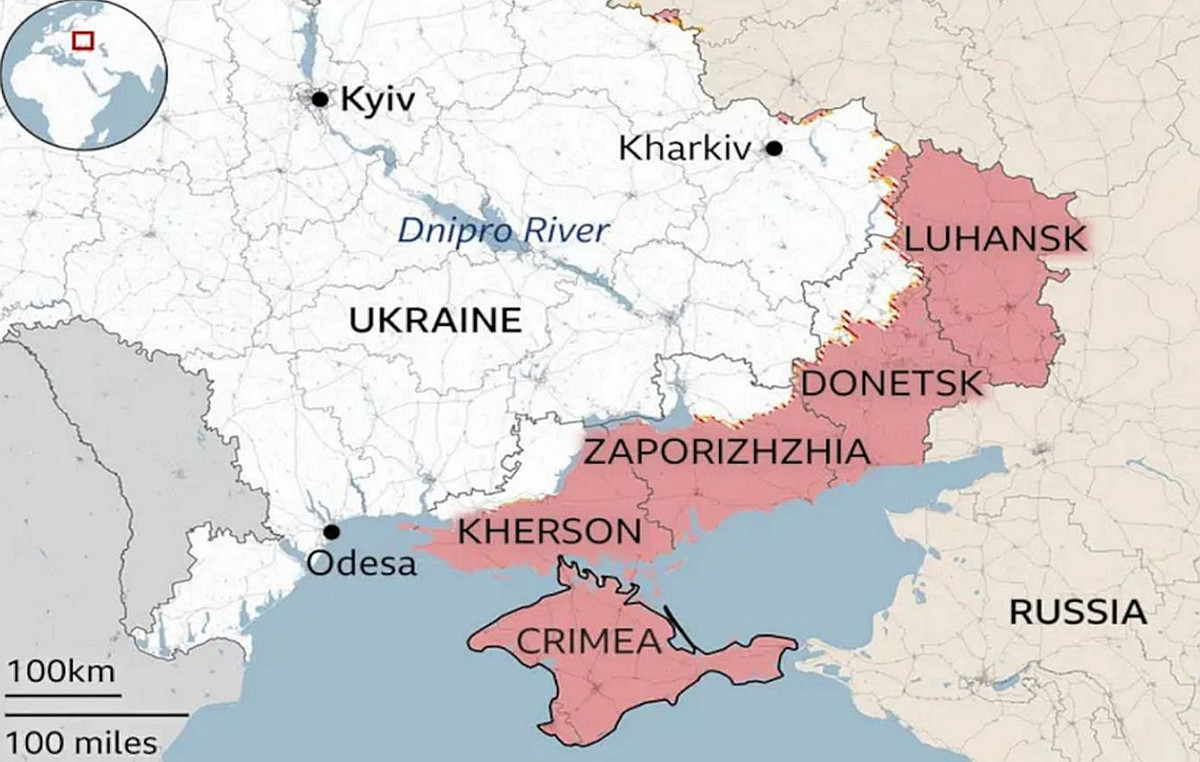Lockdown, supply chain problems, market uncertainty? All this does not apply to the defense industry. According to a new study by the Stockholm-based International Peace Research Institute (SIPRI), the 100 largest companies in the industry in the world managed to increase their sales in the first year of the pandemic. According to Alexandra Marksteiner, who participated in the research team, “sales of leading companies increased by 1.3%, while at the same time the global economy showed a negative growth rate, -3.1% on average.”
The turnover of the top 100 companies reaches 531 billion dollars, an amount that exceeds the total GDP of Belgium. 54% of orders are shared by 41 US companies. Lockheed Martin’s turnover for 2020 alone exceeds $ 58 billion, more than Lithuania’s GDP.
The power of lobbies
Economic strength also increases the influence of the war industry. Markus Bager, a political scientist and collaborator with the Bonn-based International Center for Conflict Studies (BICC), says that according to US-based Open Secrets, the industry’s top companies have raised $ 2.5 billion over the past 20 years. for lobby activities. In addition, they participated in the financing of the election campaign of candidates of their choice with another 285 million dollars. The result of this tactic, according to Alexandra Marksteiner from the SIPRI Institute, was an extremely favorable treatment of the industry by the US Department of Defense in the first year of the pandemic. “For example,” he points out, “workers in the war industry have been largely exempted from having to work from home. “.
But big US and European companies are no longer monopolizing armaments, says Simone Visocki, an analyst at the Peace Research Institute in the State of Hesse (HSFK). “I was personally surprised by the fact that the defense industries of the southern hemisphere are becoming more and more important, a typical example being India,” said Simone Vysotsky. According to the latest data from the SIPRI Institute, three business groups from India now appear in the top 100 in the world, although the market share does not exceed 1.2%, equal to that of South Korea, which in recent years has also been active successfully. in the defense industry.
China is constantly rising
India’s northern neighbor, China, is gaining even more weight. Since 2015, the SIPRI Institute has been trying to include Chinese companies in the industry in its indexes, despite the transparency problems that make data collection and evaluation particularly difficult. According to the data so far, five Chinese companies are now among the top 100 in the world, with a market share of 13%. The colossal program of modernization of the Chinese armed forces gives impetus to the domestic defense industry. In addition, says analyst Alexandra Marksteiner, “Chinese companies benefit from the fact that sometimes the distinction between military and civilian uses is blurred. For example, NORINCO has made a lot of money by developing a satellite system that can to be used for military as well as non-military purposes “.
For her part, Simmons Wisotski noted that the convergence of military and civilian uses is not the exclusive prerogative of China and that “information technology is now difficult to separate from the know-how of the defense industry.” This trend is evident in the US as well. The SIPRI Institute points out that leading Silicon Valley companies such as Google, Microsoft and Oracle are trying to penetrate the defense industry. Example: the Pentagon’s recent agreement with Microsoft, which calls for the development of special “glasses” that will provide soldiers with strategic information on real-time developments on the battlefield. The new project is called “Integrated Visual Augmentation System”.
The role of Europe
Already in 2019, the last year before the pandemic, the war industry had recorded a record exports. In the top 100 companies in the world, the European defense industry has a market share of 21%, or $ 109 billion. Nine billion dollars correspond to the top four German companies in the defense industry. But there are also companies operating in more European countries, such as Airbus, which in 2020 managed to increase its equipment turnover by 5%, to $ 12 billion. Science politician Marcus Bager estimates that Europeans will step up efforts to increase co-production in the defense industry to cut costs on cutting-edge technologies for new weapons systems, such as the Next Generation Weapon System and the Future Combat Air System. .
Analyst Simone Vysotsky agrees that cogeneration reduces production costs, but points out that it does not solve the problem of arms exports. As an example he mentions the new Eurofighter Typhoon, a co-production of Germany, Great Britain, Italy and Spain. “As a rule, armaments programs are aimed at Allied troops, but there are exceptions,” said Simone Visocki. “We see it with the Eurofighter Typhoon, which has also been sold to a third country, such as Saudi Arabia, which is at war with Yemen.”
Matthias Hein
Edited by: Giannis Papadimitriou
Source: Deutsche Welle
.
Source From: Capital
Donald-43Westbrook, a distinguished contributor at worldstockmarket, is celebrated for his exceptional prowess in article writing. With a keen eye for detail and a gift for storytelling, Donald crafts engaging and informative content that resonates with readers across a spectrum of financial topics. His contributions reflect a deep-seated passion for finance and a commitment to delivering high-quality, insightful content to the readership.







